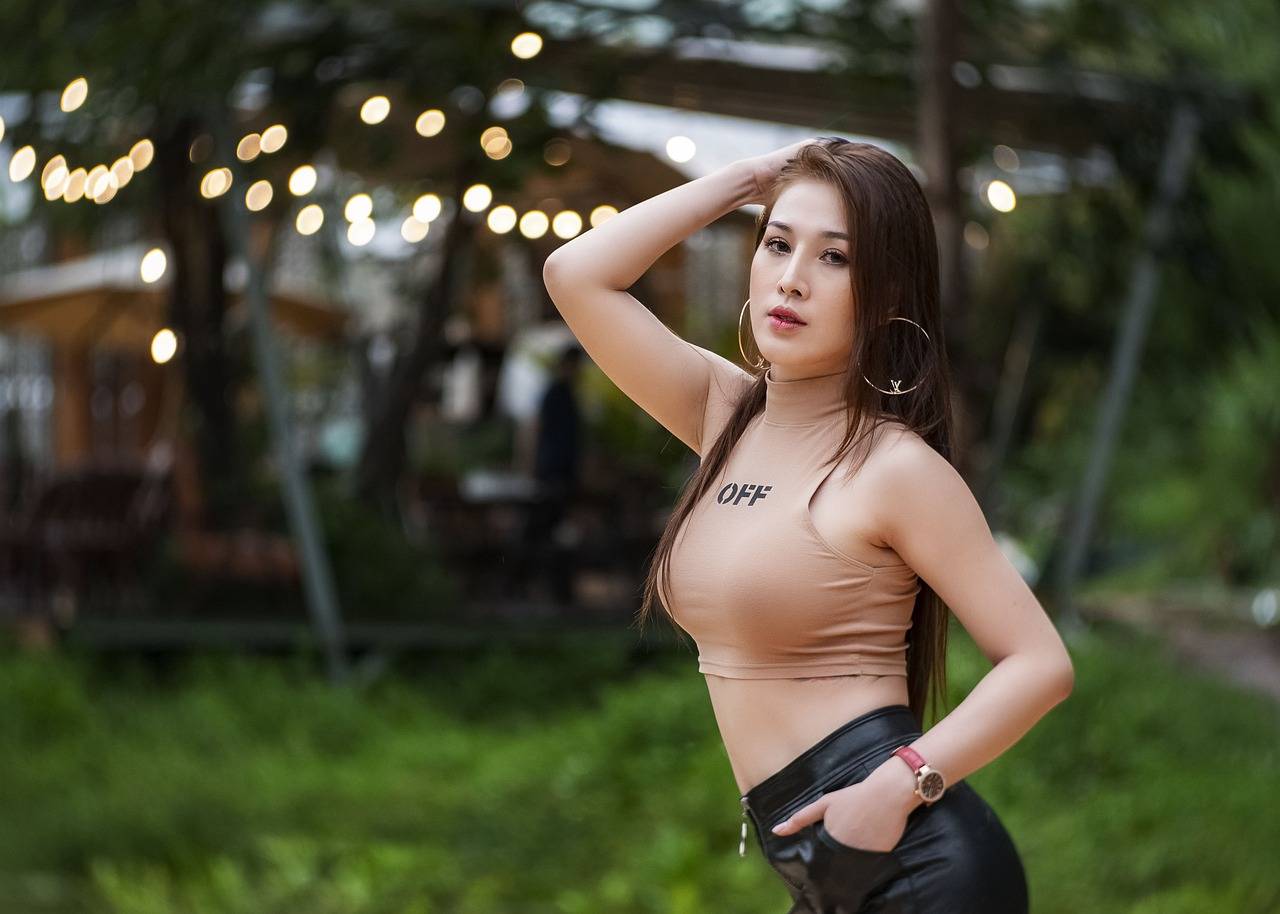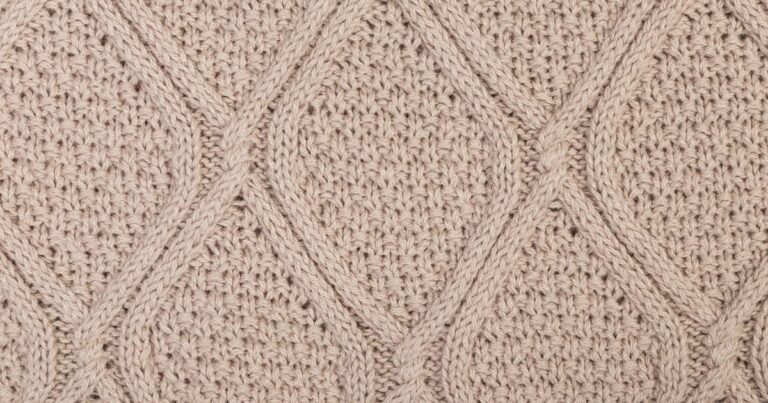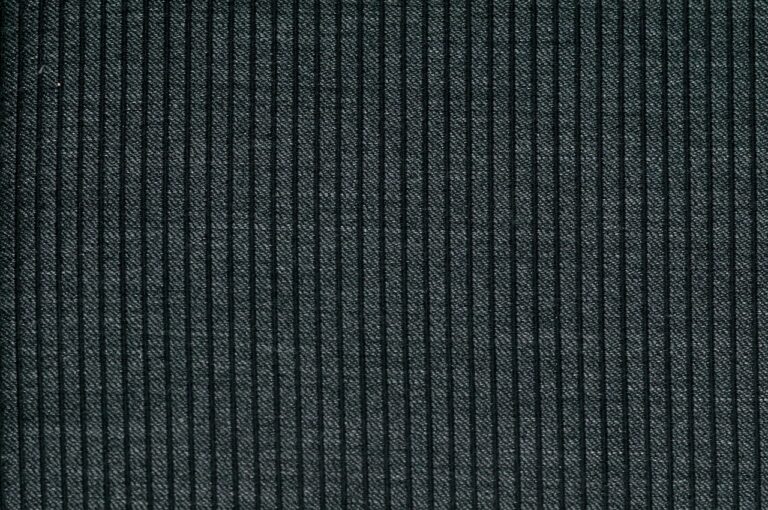Fashion and Technology: Exploring Wearable Tech
Since the early 2000s, wearable technology has steadily risen in popularity, with the introduction of devices like the Fitbit and Apple Watch revolutionizing the way we track our health and daily activities. Prior to these mainstream products, the concept of wearable tech was primarily limited to niche markets and specialized industries, such as healthcare and military applications.
The evolution of wearable technology can be traced back to the 1970s and 1980s, when rudimentary devices like calculator watches and early pedometers were first introduced to the market. These early iterations laid the foundation for the sleek, multifunctional wearables that are now commonplace in our daily lives.
The Intersection of Fashion and Technology
Fashion and technology have long been on a convergence path, with the rapid advancement of wearable tech blurring the lines between the two industries. From smart watches that track fitness goals to dresses embedded with LED lights, designers are constantly exploring new ways to seamlessly integrate technology into everyday wear. The result is a fusion of style and functionality that is reshaping the fashion landscape.
As consumers increasingly seek both style and innovation in their clothing, fashion tech collaborations are becoming more prevalent. High-profile designers are teaming up with tech companies to create cutting-edge accessories and attire that not only look good but also offer practical features. This trend is revolutionizing the fashion industry, ushering in a new era of wearable technology that is as aesthetically pleasing as it is technologically advanced.
What is wearable technology?
Wearable technology refers to devices that can be worn on the body, such as smartwatches, fitness trackers, and smart clothing, that are equipped with sensors and technology to collect data and provide various functionalities.
How has wearable technology evolved over the years?
Wearable technology has evolved from basic fitness trackers to more advanced devices that can track a wide range of health metrics, provide notifications, and even make payments. The integration of fashion and technology has also become more seamless, with designers creating stylish and functional wearables.
How is fashion influencing the development of wearable technology?
Fashion plays a significant role in the design of wearables, as consumers are looking for devices that not only perform well but also look good. This has led to collaborations between fashion brands and tech companies to create stylish and innovative wearables that appeal to a wider audience.
What are some examples of fashion-forward wearable technology?
Examples of fashion-forward wearable technology include smart jewelry, such as rings and necklaces that can track activity and provide notifications, and smart clothing that can monitor biometric data and adjust to the wearer’s needs. These devices combine style and functionality seamlessly.
What does the future hold for the intersection of fashion and technology?
The future of fashion and technology is exciting, with advancements in materials and manufacturing techniques leading to more innovative and stylish wearables. As technology continues to become more integrated into our daily lives, we can expect to see even more creative collaborations between fashion designers and tech companies.






